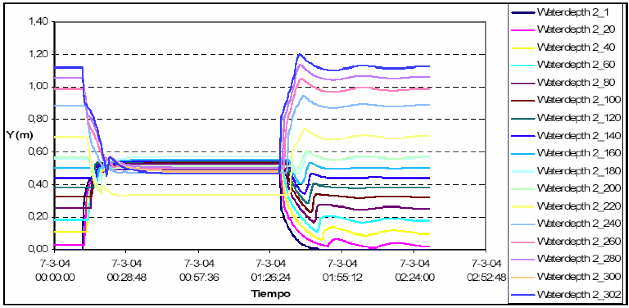Project Description
Development of a new automatic control system for the transformation of an irrigation channel through gravity into localized irrigation. Implementation of a simulation model of the water dynamic through mathematical algorithms
The project consists in the development of a new channels automation technique; these channels were initially used for the traditional irrigation systems and thus employed for localized irrigation systems.
Through the development of this project, the company is expected to come up with a new automation technique for optimizing the irrigation systems given the water shortages during certain periods of the year. At the same time, considering the characteristics of the elements implicit to the automation process, the company will design a universal technique that allows the modernization of the irrigation systems irrespective of the soil characteristics it has to go through.
The transformation of the irrigation system inherently implies an improvement in the efficiency of the water provision and the purpose of the new automation is to optimize this efficiency. In this respect, a comprehensive study will be carried out on the particularities and characteristics of the canalization, in order to extract its most relevant parameters.
The so-called fluidic automation is based on the use of a series of devices that are activated when meeting the liquid in certain specific conditions. It is characterized by the use of floodgates to regulate the flow from the channel in each moment. For this regulation to be successful, the floodgate is equipped with a device called float which is in charge of controlling and maintaining the fluid level within the parameters established through calculation.
The method relies on the flow regulation though a series of programmable elements designed to communicate with one another, replacing in this way the auto-operating fluidic devices and, as a result the intermediary float-floodgates; this ensures a better efficiency of the water consumption required by regulating different levels of demand and also the sealing of the upstream from the main floodgate, thus allowing the reversibility in the transformation of those irrigation systems.
One of the simulations recorded the evolution of the water level from the channel at different intervals according to a Graphic. This graphic indicates that the most unfavourable section is the downstream section.


Comments are closed.